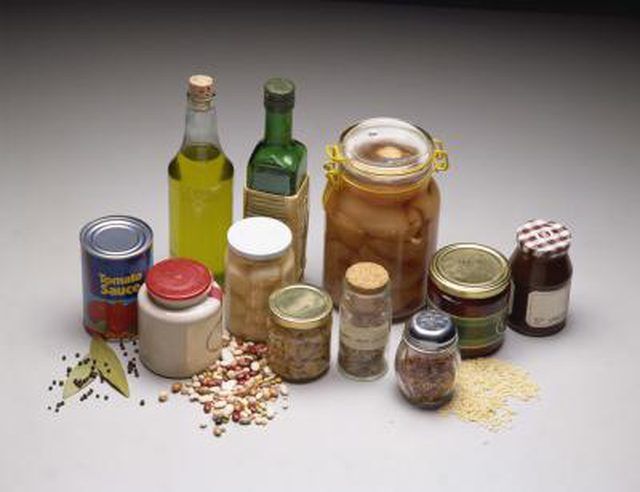Bulbs
Flower Basics
Flower Beds & Specialty Gardens
Flower Garden
Garden Furniture
Garden Gnomes
Garden Seeds
Garden Sheds
Garden Statues
Garden Tools & Supplies
Gardening Basics
Green & Organic
Groundcovers & Vines
Growing Annuals
Growing Basil
Growing Beans
Growing Berries
Growing Blueberries
Growing Cactus
Growing Corn
Growing Cotton
Growing Edibles
Growing Flowers
Growing Garlic
Growing Grapes
Growing Grass
Growing Herbs
Growing Jasmine
Growing Mint
Growing Mushrooms
Orchids
Growing Peanuts
Growing Perennials
Growing Plants
Growing Rosemary
Growing Roses
Growing Strawberries
Growing Sunflowers
Growing Thyme
Growing Tomatoes
Growing Tulips
Growing Vegetables
Herb Basics
Herb Garden
Indoor Growing
Landscaping Basics
Landscaping Patios
Landscaping Plants
Landscaping Shrubs
Landscaping Trees
Landscaping Walks & Pathways
Lawn Basics
Lawn Maintenance
Lawn Mowers
Lawn Ornaments
Lawn Planting
Lawn Tools
Outdoor Growing
Overall Landscape Planning
Pests, Weeds & Problems
Plant Basics
Rock Garden
Rose Garden
Shrubs
Soil
Specialty Gardens
Trees
Vegetable Garden
Yard Maintenance
How to Get Rid of Weevils in Cupboards Naturally
How to Get Rid of Weevils in Cupboards Naturally. Of the many pantry pests that can and will infest your stored foods, several of them are beetles. The term "weevil" is applied as a generalization, although only a few actual weevils -- which are a type of beetle -- infest stored foods. Sometimes these pests will come into your house from...

Of the many pantry pests that can and will infest your stored foods, several of them are beetles. The term "weevil" is applied as a generalization, although only a few actual weevils -- which are a type of beetle -- infest stored foods. Sometimes these pests will come into your house from the outdoors, but more often they start in the processing facility or during transit. Insecticides and other pesticides are not commonly used to destroy pantry pests; sanitization is the key to eliminating infestations. You'll most commonly discover the problem by seeing the adult pest -- although egg, larval and pupal stages are frequently a problem. The larval stage is the most damaging.
Things You'll Need
Vacuum
Air-tight storage containers
Find the source of the infestation. This may be difficult if you have many stored grains. Look through all of your stored foods and examine for larval stages, that is, grubs or caterpillars, and eggs. Some larvae will build cocoons or webbing, making them easier to spot.
Remove any infested products. If you are unsure if an item is infested, it is better to err on the side of caution and remove it anyway.
Clean and vacuum out your infested cabinets. Dump the vacuum canister or bag in the outdoor trash bin to prevent re-infestation.
Heat products that may be infested in the microwave, or for one hour at 140 degrees F in the oven, if you want to salvage them. You can also freeze the products for three to four days. The heat or cold will kill all stages of the pest.
Store all products in air-tight containers of glass or thick plastic. Most pantry pests can and will chew through plastic bags, paper and cardboard.
Tips & Warnings
Store your products in the freezer if possible to prevent infestation. Heat other products in the microwave upon purchase to kill any eggs.